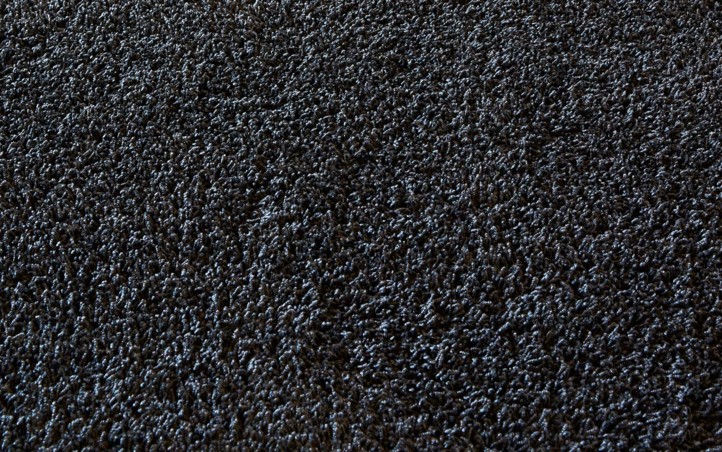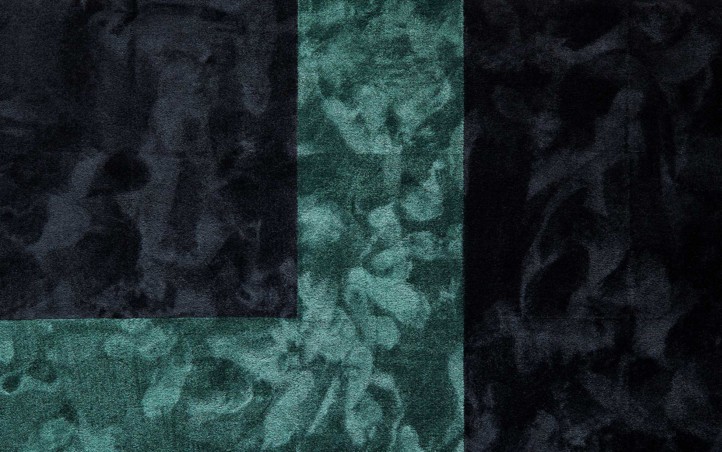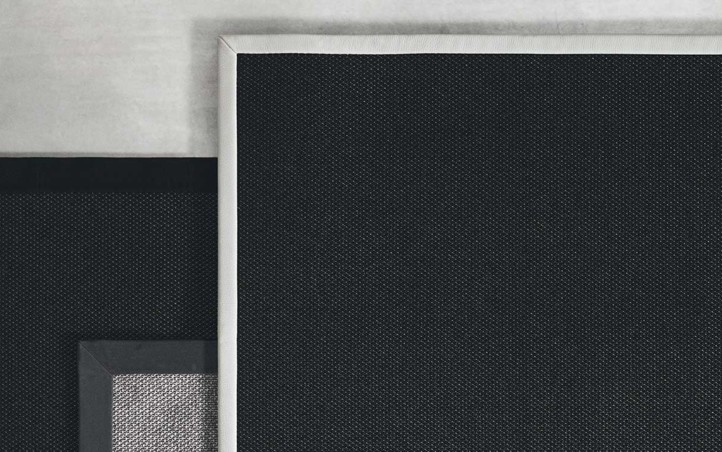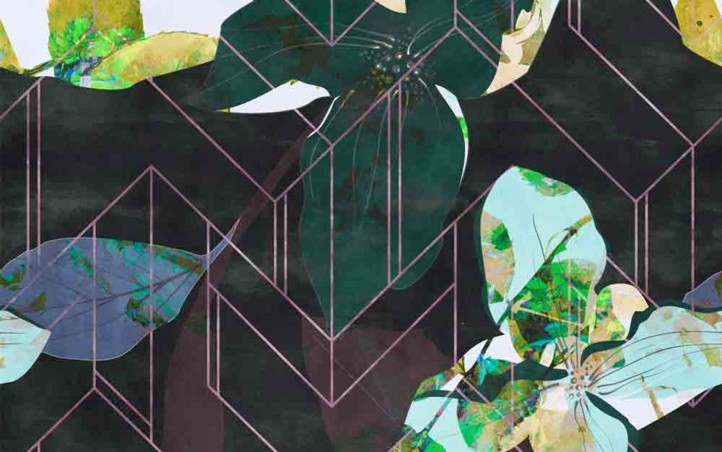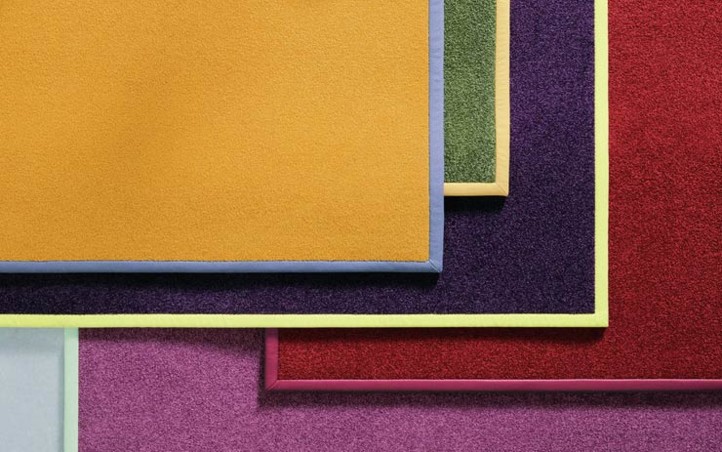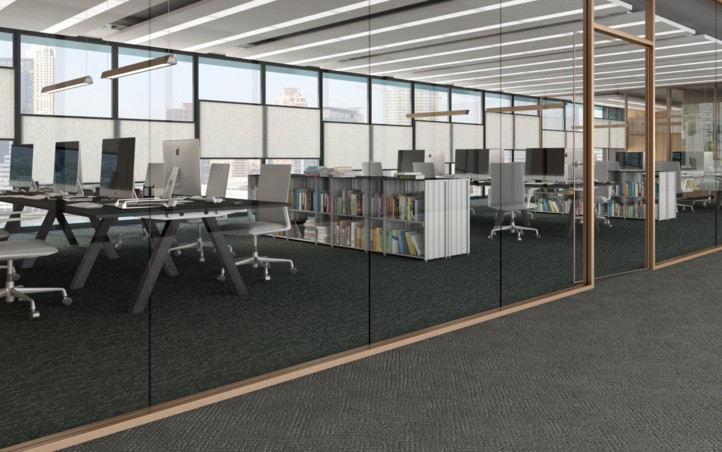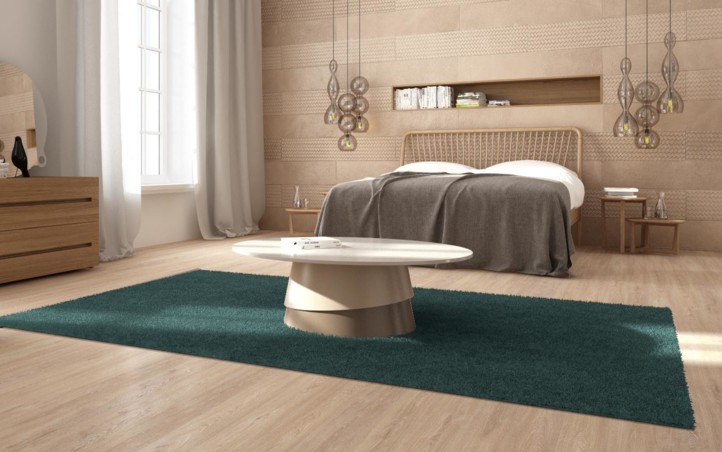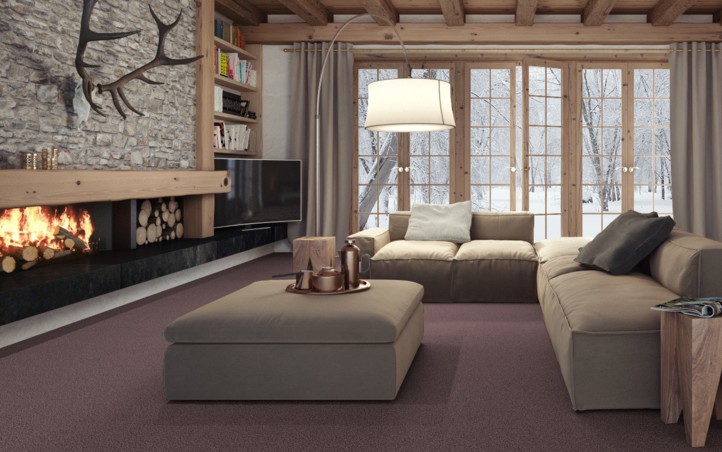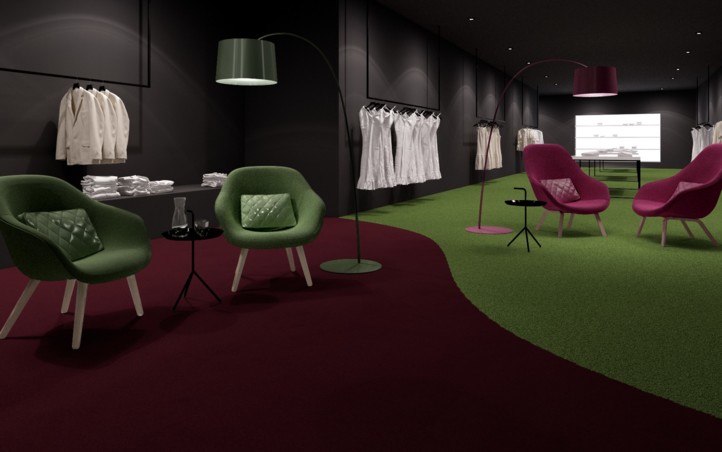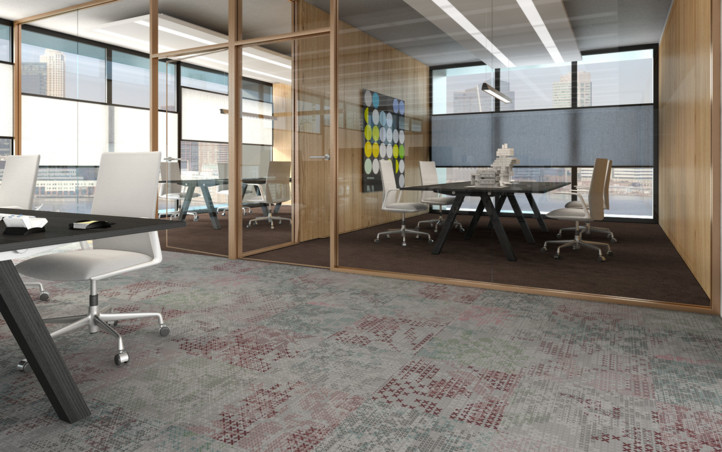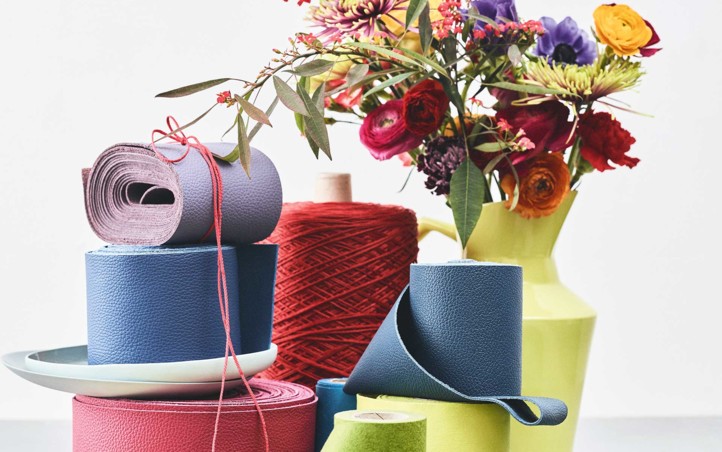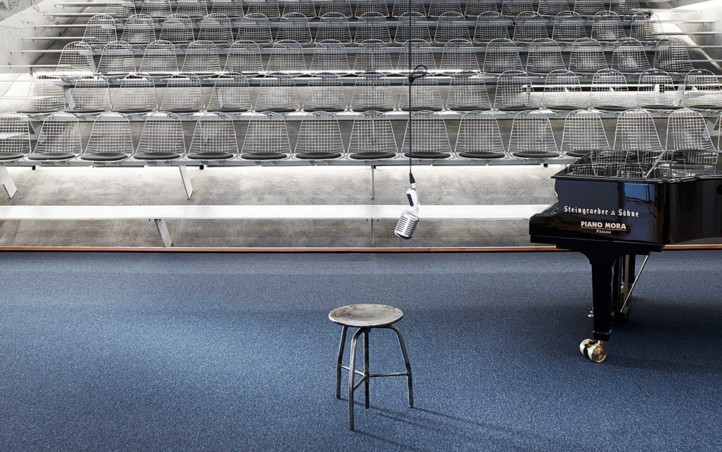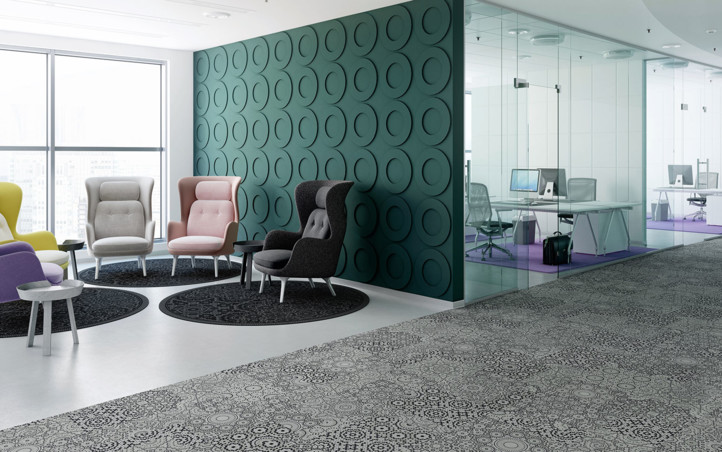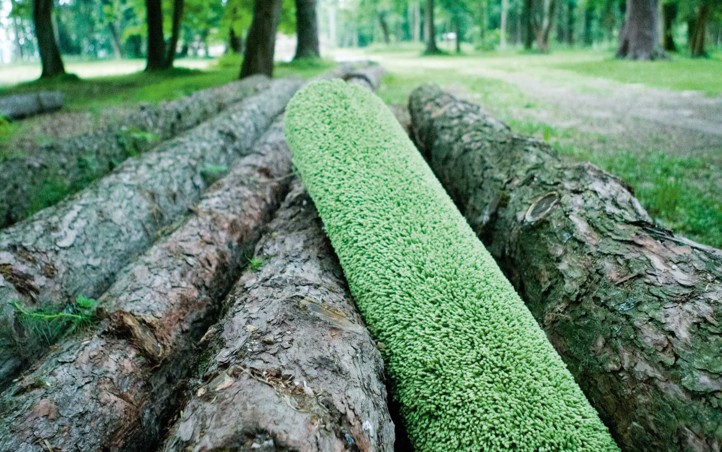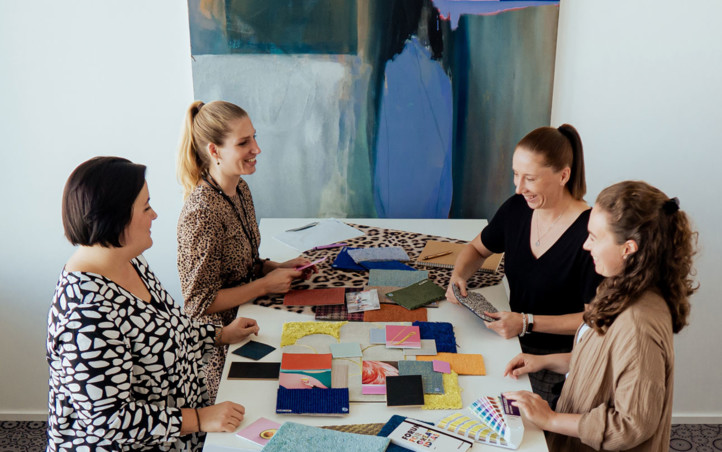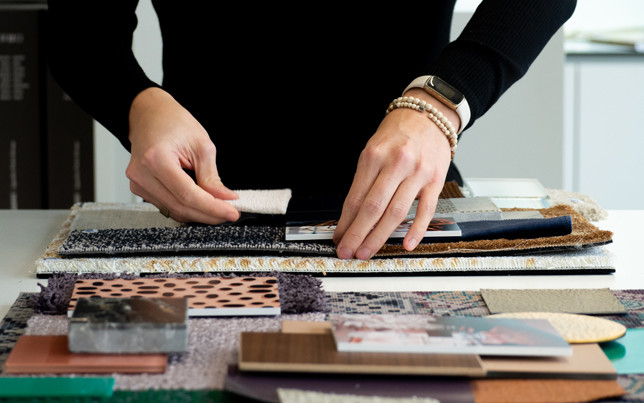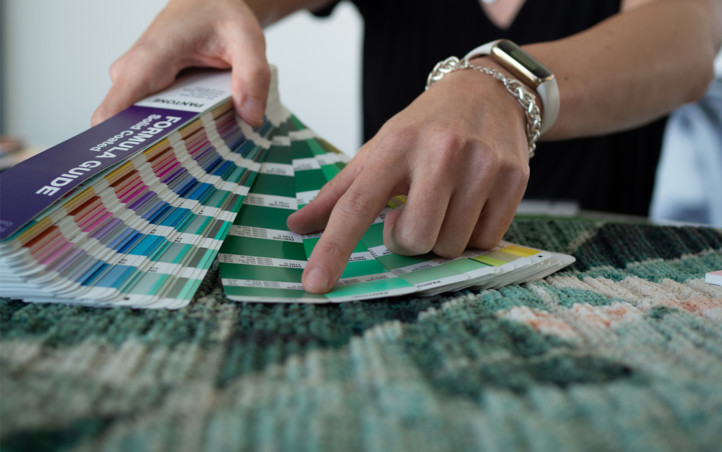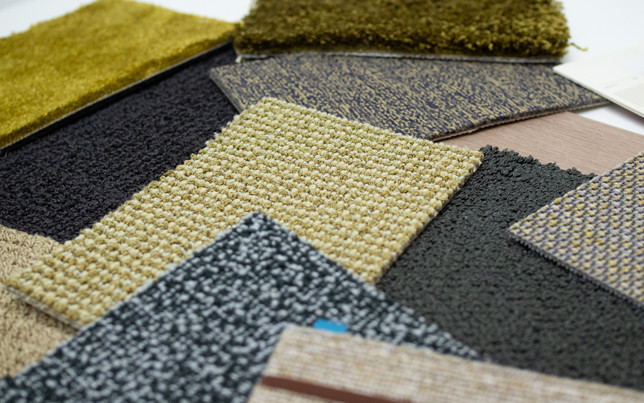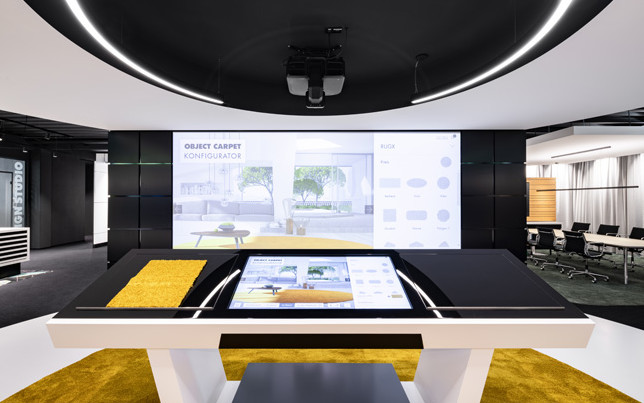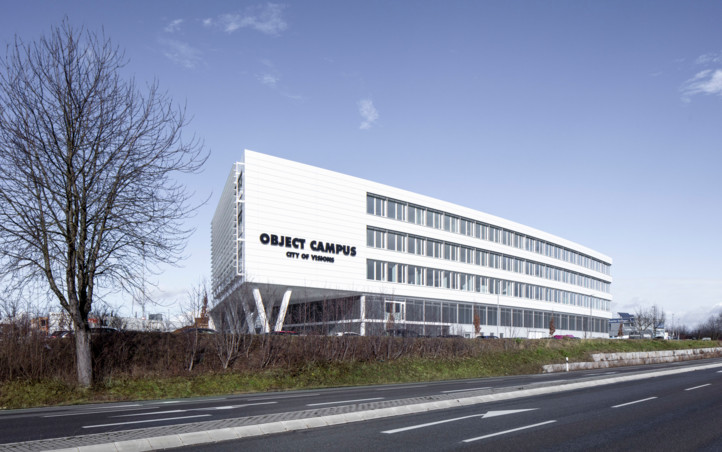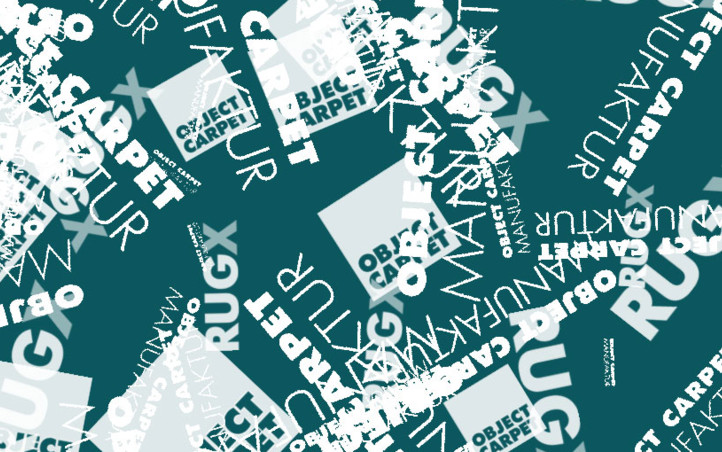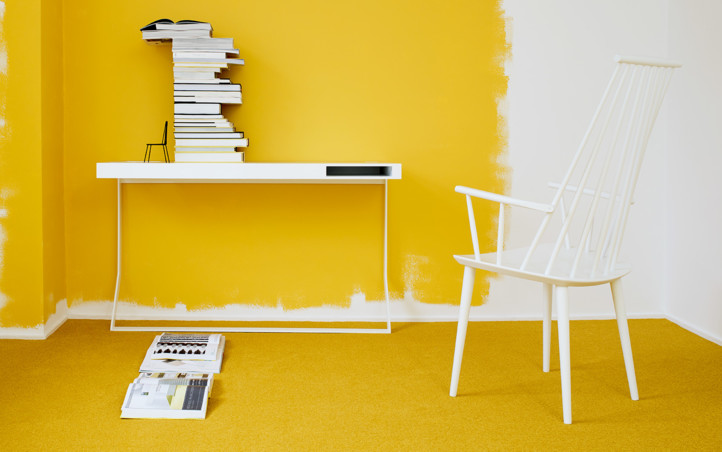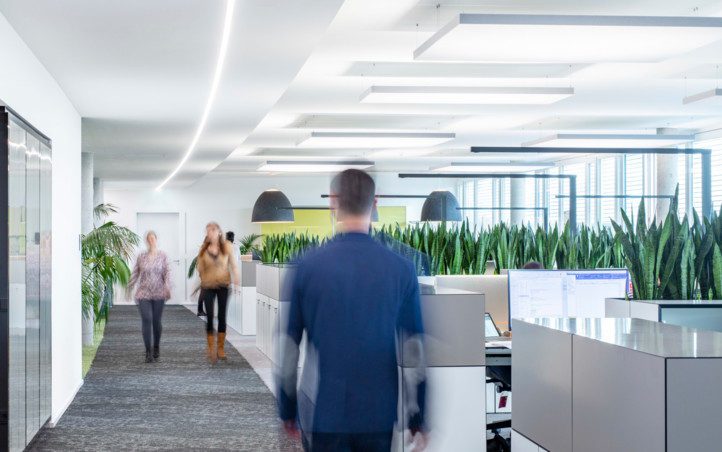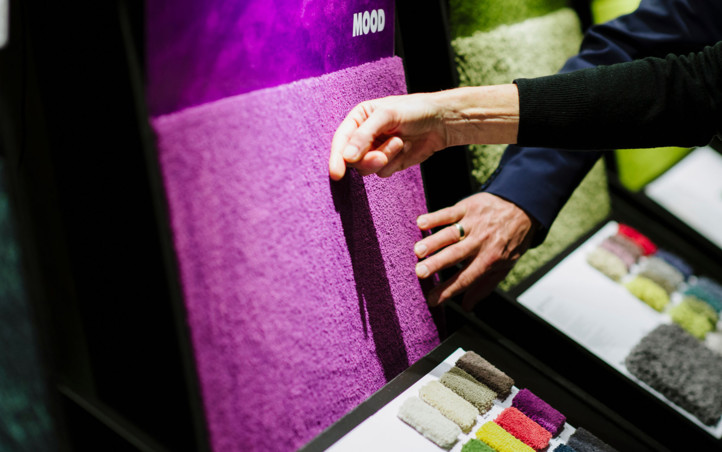Virtual reality, 360° experiences and countless photography projects – there's never a dull moment at work for photography designer Stefan Pletscher. We had a fascinating chat with him and gained some interesting insights into a new virtual world.
Immerse yourself in another world – the new dimension of marketing
Virtual reality and 360° experiences. To many people these are new terms and concepts – but presumably it's all been part of the job for you for years now?
You could say that, yes. These concepts have been part of my day-to-day work since 2015. The initial impetus for creating virtual experiences came in the top floor of a water tower in Berlin. The client wanted to have a visual representation of this popular event venue and gave me completely free rein for the job. That's how I came to find myself taking my first 360° shots with my equipment that until that time had only been designed for architectural photography. I became completely fascinated by this style and method of creating special virtual experiences and these have been a firm fixture in my portfolio ever since.
I once read a lovely quotation you gave. What is the story behind the expression "Reality through unreal eyes"?
I'm afraid I can't remember exactly where and when it was I first heard that, but it has stuck with me ever since I started in the industry and can be applied to every aspect of my day-to-day work.

I first realized just how true this statement was when I was still working with a standard camera: Compared to the real view of a subject, the audience's view through the camera no longer reflects reality exactly. I see it as my responsibility to capture the reality in order to be able to retell a story with it. Of course, back then I had no idea that the expression "Reality through unreal eyes" would come to encapsulate my professional focus even more, and today you could say it's now become my slogan for the virtual reality sector.
When you approach a new project, what are the three first things to do?
Projects of this kind take shape and grow through intensive communication between me and my client. Firstly, I need to understand the focus of the project, so of course it's really helpful to speak in depth with the client: What type of product or service is it, which of our services should be quoted or produced, where is the company based and how is it managed or are there any key historical moments that should be incorporated into this experience?
The next stage of the process is similar to producing a film, ideas are brainstormed and a storyboard is created – small test shots quickly show whether this is achievable in practice or whether the idea for a 360° scene needs to be visually revised. The next step is then to produce the content for the experience. While we're shooting, you can only see the result in sections, so it takes a bit of imagination to envisage the finished work. This requires my client to put their trust in me, because it normally takes a good few hours or even days before they can see the end result.

You and OBJECT CARPET. How did this collaboration come about?
We were introduced by the well-known photographer and film producer Monica Menez, a friend and colleague of mine. We were just casually chatting while working on her photography and film project for the new OBJECT CARPET × Ippolito Fleitz Group collection and
she asked about the possibility of creating a virtual experience of a complete trade fair stand, which could not be used as planned due to the covid-19 pandemic. When I heard that, I knew Monica Menez's photography and film production was crying out to be transformed into a 360° experience as well – I was bursting with ideas straight away. And that was the start of this fantastic collaboration between OBJECT CARPET and Esspe Studios.

360° experience of the OBJECT CARPET showroom
Stefan Pletscher has created a virtual experience for OBJECT CARPET – take a virtual tour of the OBJECT CARPET showroom in Denkendorf ...
